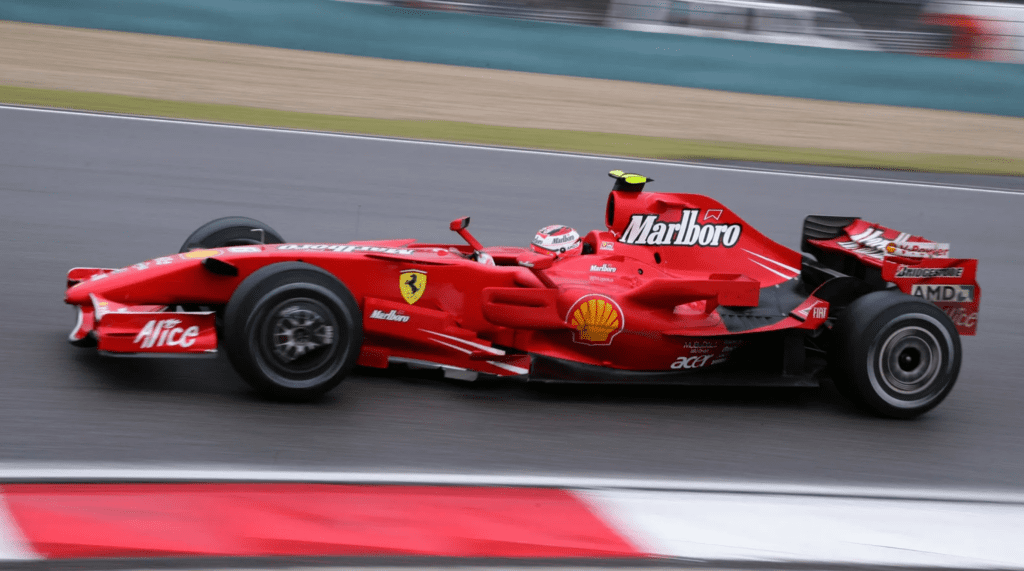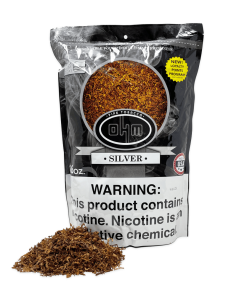RYO LifeStyle Blog
The history of F1 Racing and Tobacco Companies
F1 Racing is one of the most popular sports in the world. Most people around the globe tune in to watch the races each year. And while the races are exciting, the tobacco companies that sponsor F1 Racing are also quite lucrative.
F1 Racing is the world’s most prestigious motor racing championship. It is a multi-million dollar business, and tobacco companies are big players in it. The tobacco companies are not just sponsors of the team and drivers but also produce and distribute cigarettes and other tobacco products.
This lucrative relationship has been controversial for many years.
Tobacco companies have been accused of using F1 Racing to promote their products to a global audience. And while some teams and drivers have been vocal about their objections to tobacco sponsorship, the tobacco companies have been largely successful in keeping the issue quiet.
However, in recent years, there has been growing public awareness of the dangers of tobacco sponsorship.
Well-detailed history of F1 Racing and Tobacco Companies
F1 Racing has a long and illustrious history that is deeply intertwined with the tobacco industry. F1 Racing is one of the most popular and globally televised motorsports events. The history of Formula 1 Racing and tobacco companies is a complex one.
The relationship between Formula 1 Racing and Tobacco companies has been a source of controversy for many years.
Historically, cigarette corporations have sponsored Formula One racing teams for a long time. For the simple reason that Formula 1 racing is a worldwide sport with a vast and loyal fan base, this is true. Tobacco corporations regarded sponsorship of Formula 1 racing teams as a chance to sell their goods to lots of people than they had previously imagined.
Recent years, however, have seen a reaction against cigarette firms and their participation in Formula One racing. This is due to the harmful consequences of smoking on one’s overall health. Consequently, many of these companies have withdrawn their sponsorship of Formula 1 racing teams.

The first Grand Prix was held in Italy in 1929, and tobacco companies were quick to get involved. As F1 Racing became more popular, cigarette companies began to sponsor teams and drivers. In the 1950s, teams were sponsored by major brands such as Lucky Strike, Camel, and Winston.
As tobacco smoking became more popular, so did F1 racing.
In the early days of the sport, drivers smoked cigars while driving, but by the 1960s, cigarettes had become the prevalent form of tobacco consumption. F1 Racing became a popular way for cigarette companies to market their products to a young, male audience.
The tobacco industry’s involvement in F1 Racing has had a number of negative consequences. First, it has contributed to the epidemic of tobacco-related cancer. Second, it has led to widespread corruption in the sport.
Formula 1 Racing began in 1950. At the time, tobacco companies were heavily involved in the sport. They sponsored teams and drivers and helped to create the racing spectacle that we know and love today.
Tobacco companies have been a part of Formula 1 racing ever since. But the relationship has always been controversial.
Many people believe that tobacco companies are responsible for the health problems of many F1 drivers.
They argue that the tobacco companies deliberately manipulated the design of F1 cars to make them more smokeable and that this has led to the widespread health problems of F1 drivers.
Others believe that the health problems of F1 drivers are the result of the extreme physical and mental demands of Racing. They argue that the tobacco companies are simply victims of the F1 racing phenomenon and that they have no responsibility for the health problems.
The First F1 Tobacco Company
The first F1 Tobacco Company was founded in 1911 by Louis Renault and Pierre Levegh. The company manufactured cigarettes and cigars. Renault was a successful race car driver and the chairman of the Renault car company. Levegh was a racing driver who participated in the first-ever Formula 1 race in 1906. The company manufactured Renault cars and helped popularize the sport.
The Role of Tobacco in F1 Racing
Some drivers and teams argue that it does not have a significant impact on Racing, while others claim that it is the main reason why the sport is declining in popularity.
Tobacco has been used in motorsports for many years. The French driver Maurice Trintignant became the first driver to be disqualified from a race for using tobacco.
At the time, smoking was legal in France, and many drivers used tobacco to help them focus during races.
Tobacco was a significant part of Formula 1 Racing up until the 1970s. Tobacco companies sponsored teams and drivers. The tobacco companies hoped that the tobacco sponsorship would increase sales of their cigarettes and cigars. However, the health risks of tobacco were becoming more well-known. The tobacco companies began to lose money on Formula 1 sponsorship. In 1973, the tobacco companies ended their sponsorship of Formula 1. Tobacco has been a part of Formula One Racing for as long as the sport has been around.
The first race took place on April 14, 1950, and, as was the case with many other aspects of the sport at the time, tobacco was a huge part of the Racing. At the time, many drivers were using cigarettes as an aid to concentration and helping them stay awake during long races. It was quite well-known for a driver to finish a race without taking a break, only to immediately begin smoking a cigarette once the race was over.

Tobacco remained a part of Formula One Racing until 1974, when it was banned by the FIA. At the time, many drivers were unhappy with the decision and believed that the tobacco companies were behind the ban.
Since the ban, tobacco has not been a part of Formula One Racing. However, there are still a number of drivers who smoke cigarettes during races.
F1 Racing and Tobacco Companies
F1 Racing is one of the most popular and well-known forms of motorsport in the world. It started out as a competition between small racing cars powered by petrol and petrol-electric engines, but it has since upgraded into a much bigger and more complex event.
The history of F1 Racing and tobacco companies goes back a long way. F1 Racing was originally inspired by tobacco companies, who saw the potential in the sport to promote their products.
In the early days, tobacco companies were very active in sponsoring F1 racing teams, and they continue to be the main presence in the sport today.
Tobacco companies were instrumental in developing the sport of F1 Racing. They helped to fund the development of racing cars, and they also helped to develop racing circuits. Without the support of tobacco companies, F1 Racing would never have become the global phenomenon that it is today.
The history of F1 Racing and tobacco companies is a fascinating one.
Tobacco companies have been a part of Formula 1 racing for as long as the sport has existed.
The first tobacco company to sponsor a Formula 1 race was Lucky Strike in 1952. Marlboro became the sport’s first major sponsor in 1955.
The relationship between tobacco companies and Formula 1 racing has been controversial at times. For example, in 2007, Ferrari was banned from the championship for using tobacco sponsorship on its cars.
However, tobacco companies have also been instrumental in promoting the health and safety of Formula 1 racing. For example, in 2006, Philip Morris launched the “Smoke-Free F1” campaign, which aimed to reduce the number of tobacco-related accidents in Formula 1 racing.
Overall, the relationship between tobacco companies and Formula 1 racing is complex and controversial.

Conclusion
There are many benefits derived from tobacco companies. These benefits include but are not limited to economic stability, job security, education and training opportunities, and public health.
Economic stability Tobacco companies are some of the most stable businesses in the world. This is because they are able to weather many economic storms, including recessions and market fluctuations. Job security
Tobacco companies are some of the most stable employers in the world.
This is because they are able to keep jobs in the United States and around the world.
Good pay and benefits Tobacco companies typically offer good pay and benefits, including medical, dental, and life insurance. In addition, many companies offer 401(k) plans and other retirement benefits. Excellent work-life balance Many tobacco companies offer excellent work-life balance.
Employees are typically able to work flexible hours and take advantage of vacation and sick days. In addition, many companies offer child care facilities and other benefits to help families with children balance work and home life. Opportunities for advancement Tobacco companies are often interested in promoting from within. As a result, employees have opportunities for advancement and can learn new skills and develop their careers.
SHOP TOBACCO








